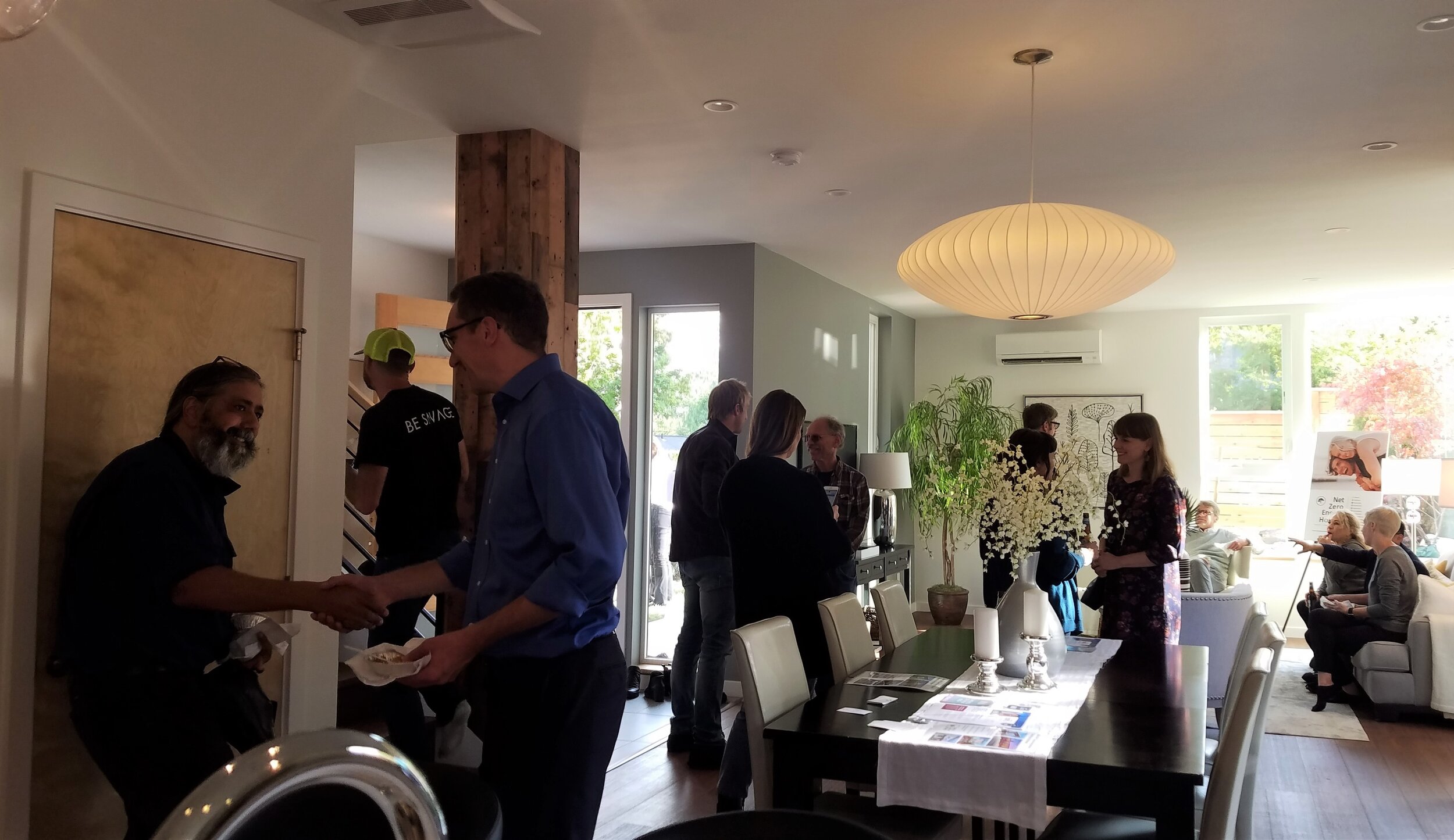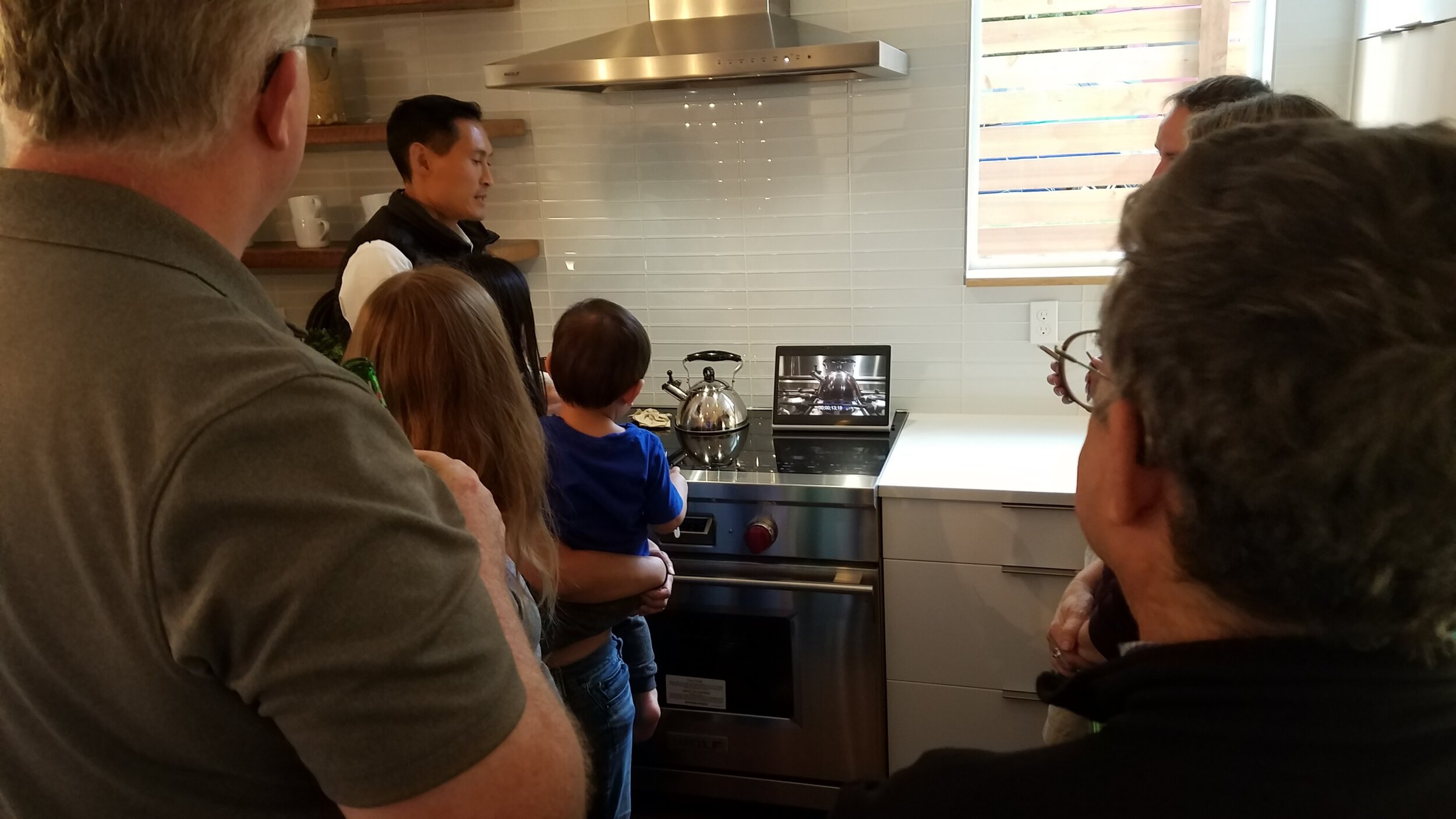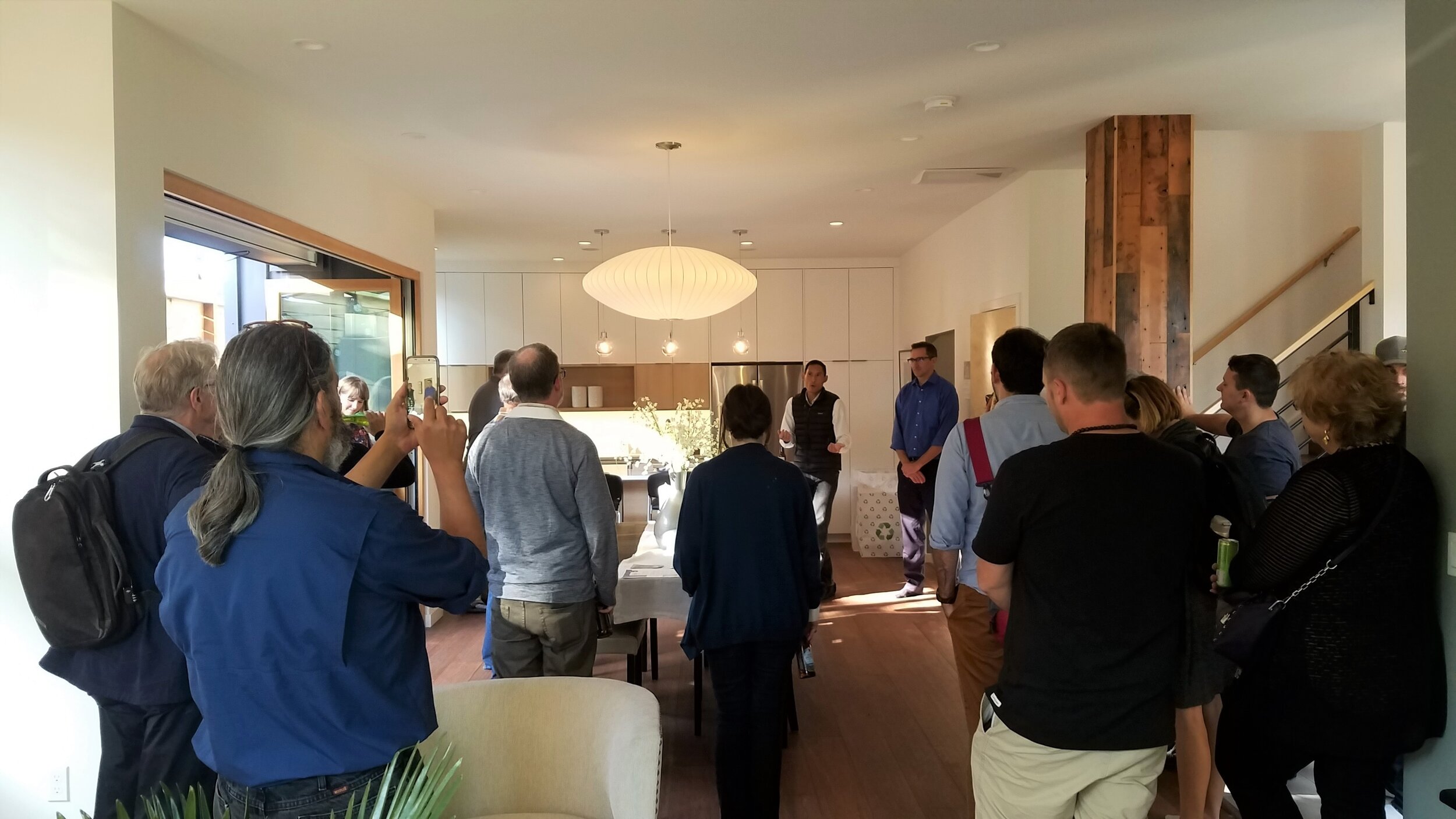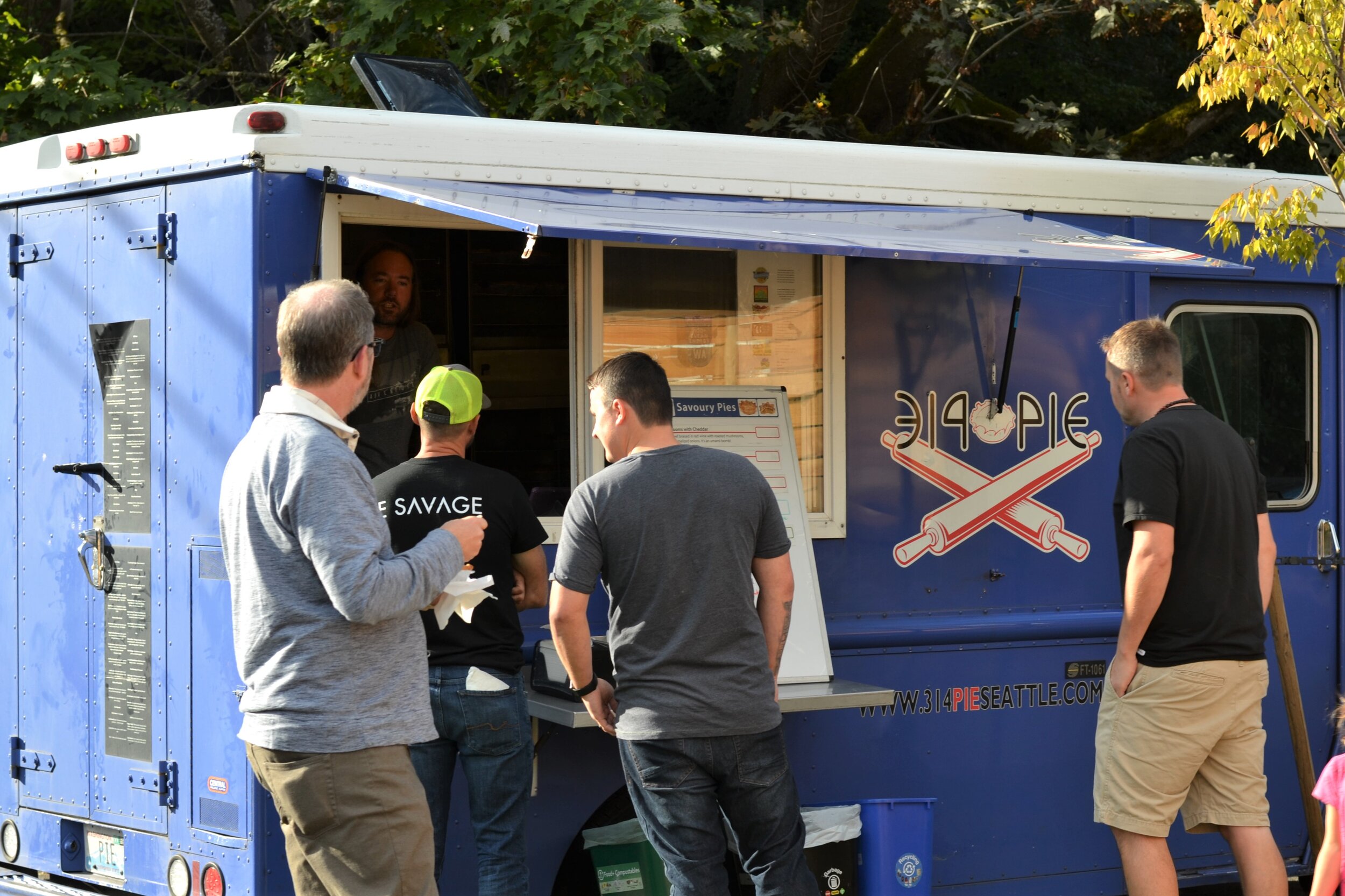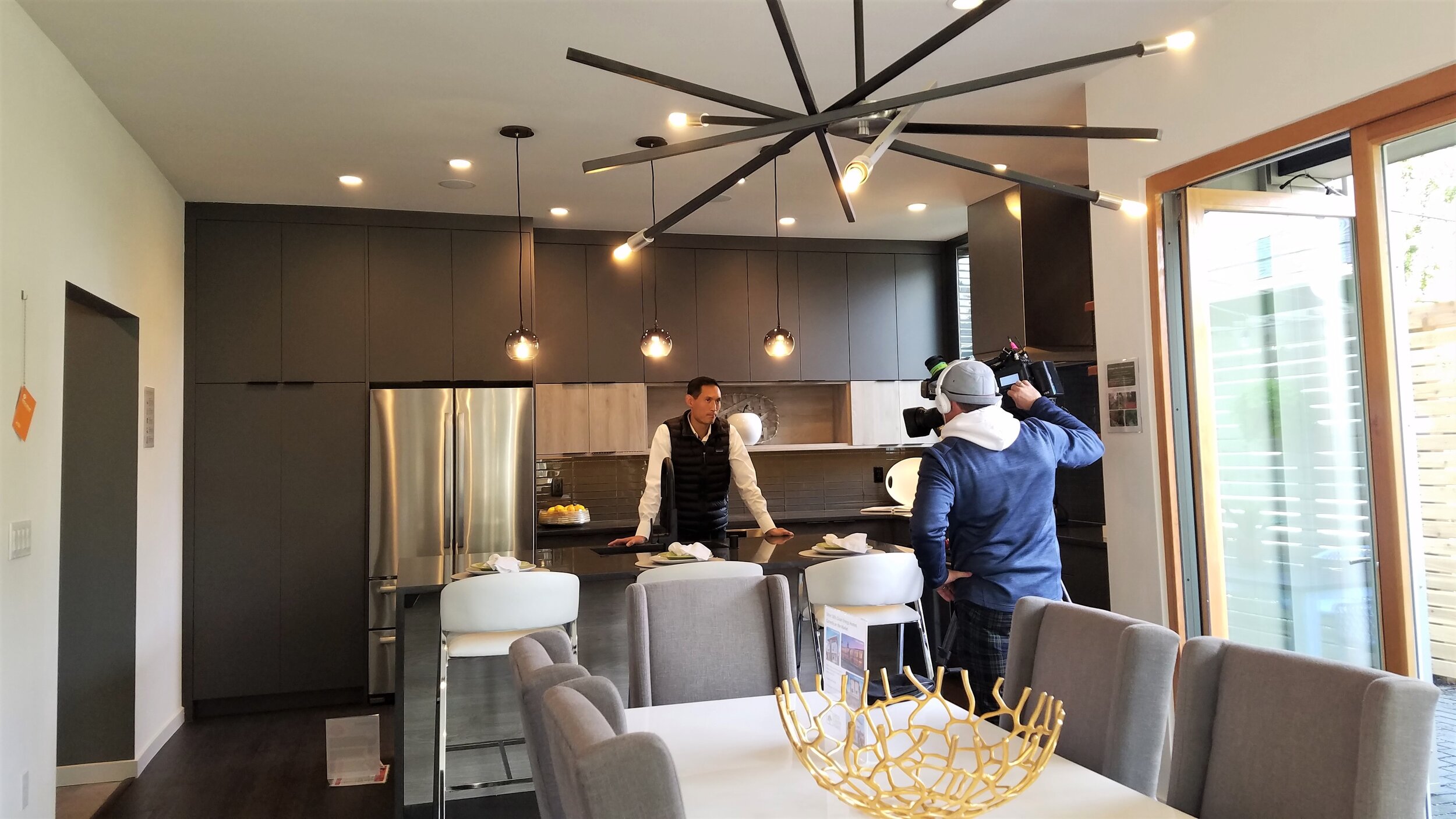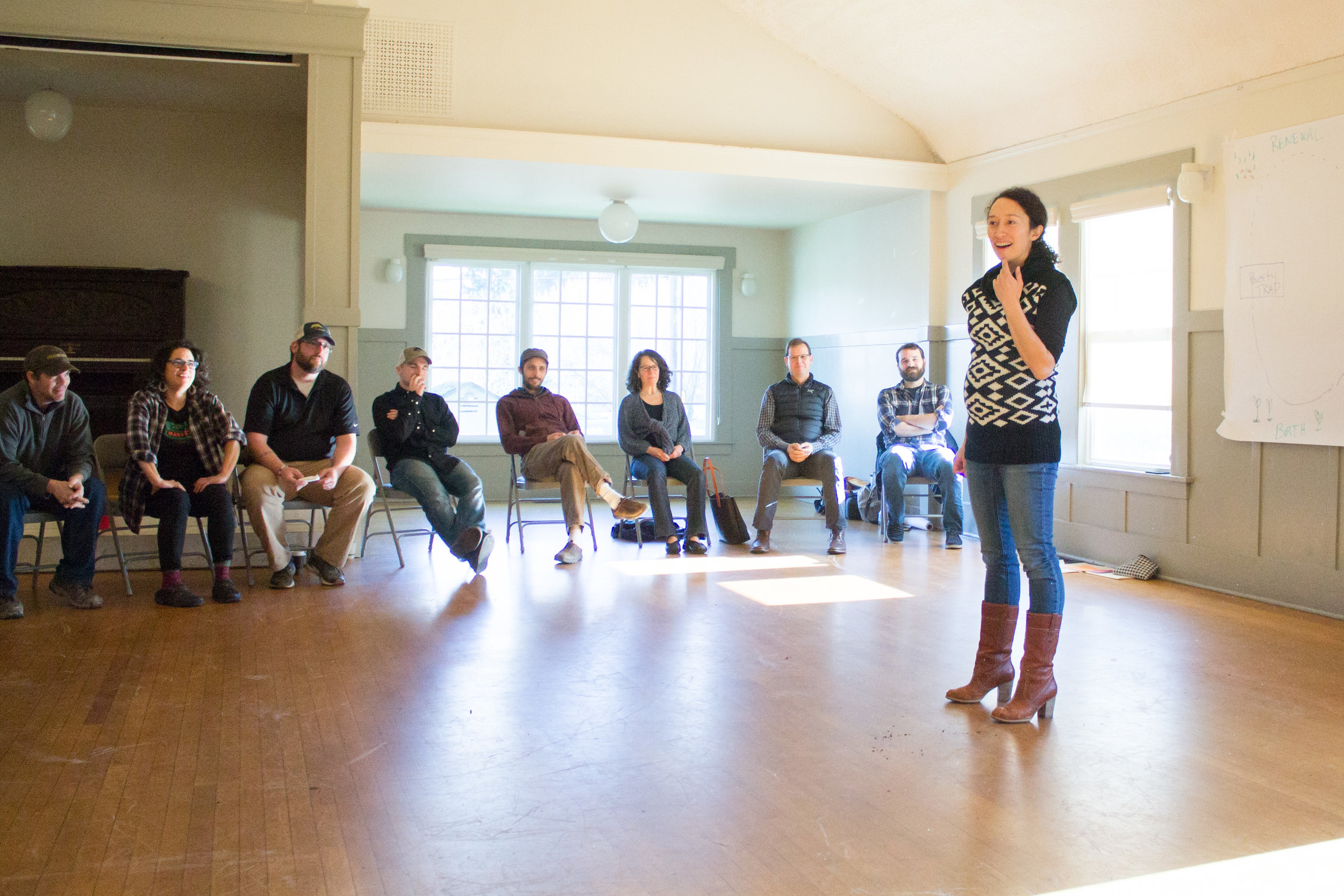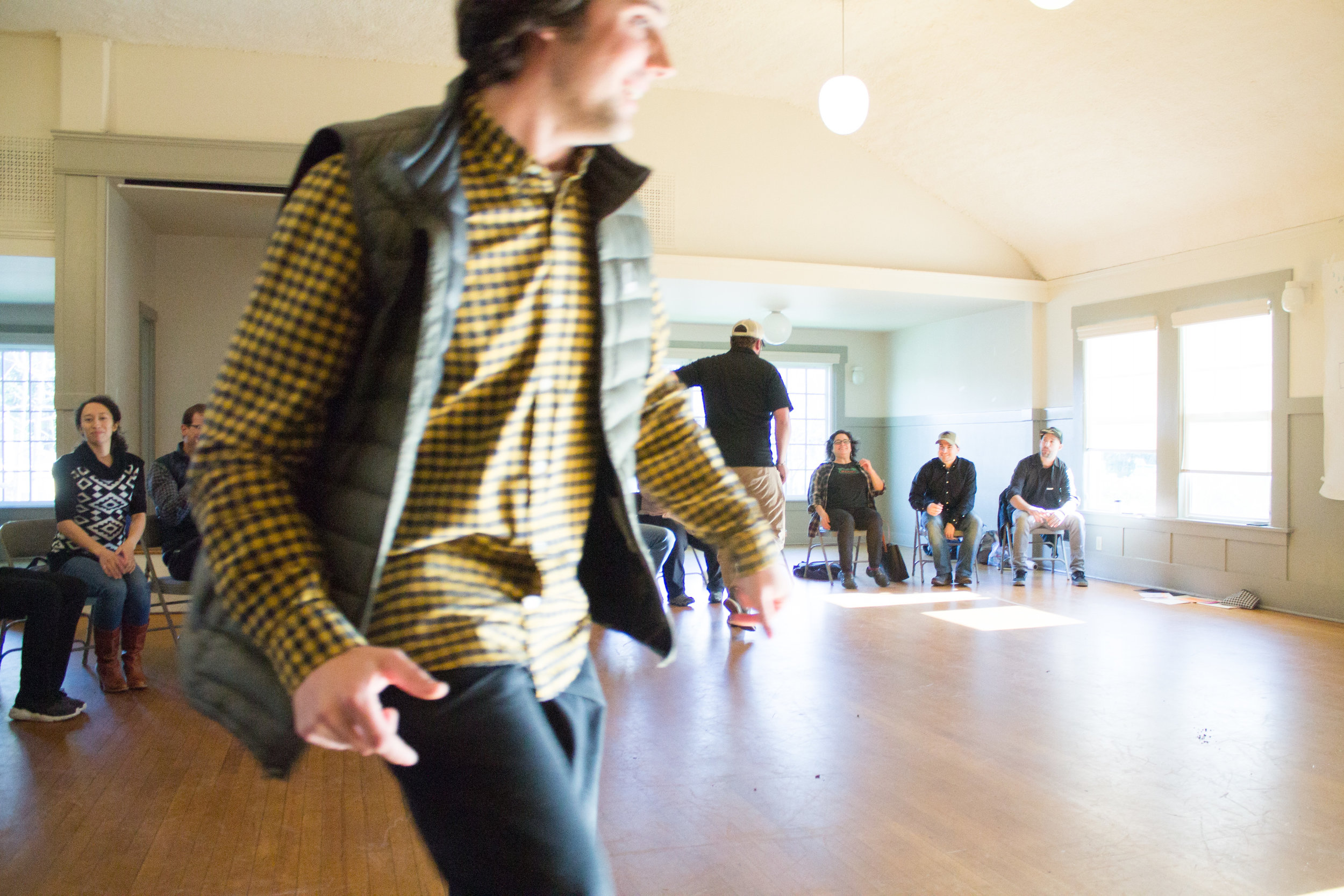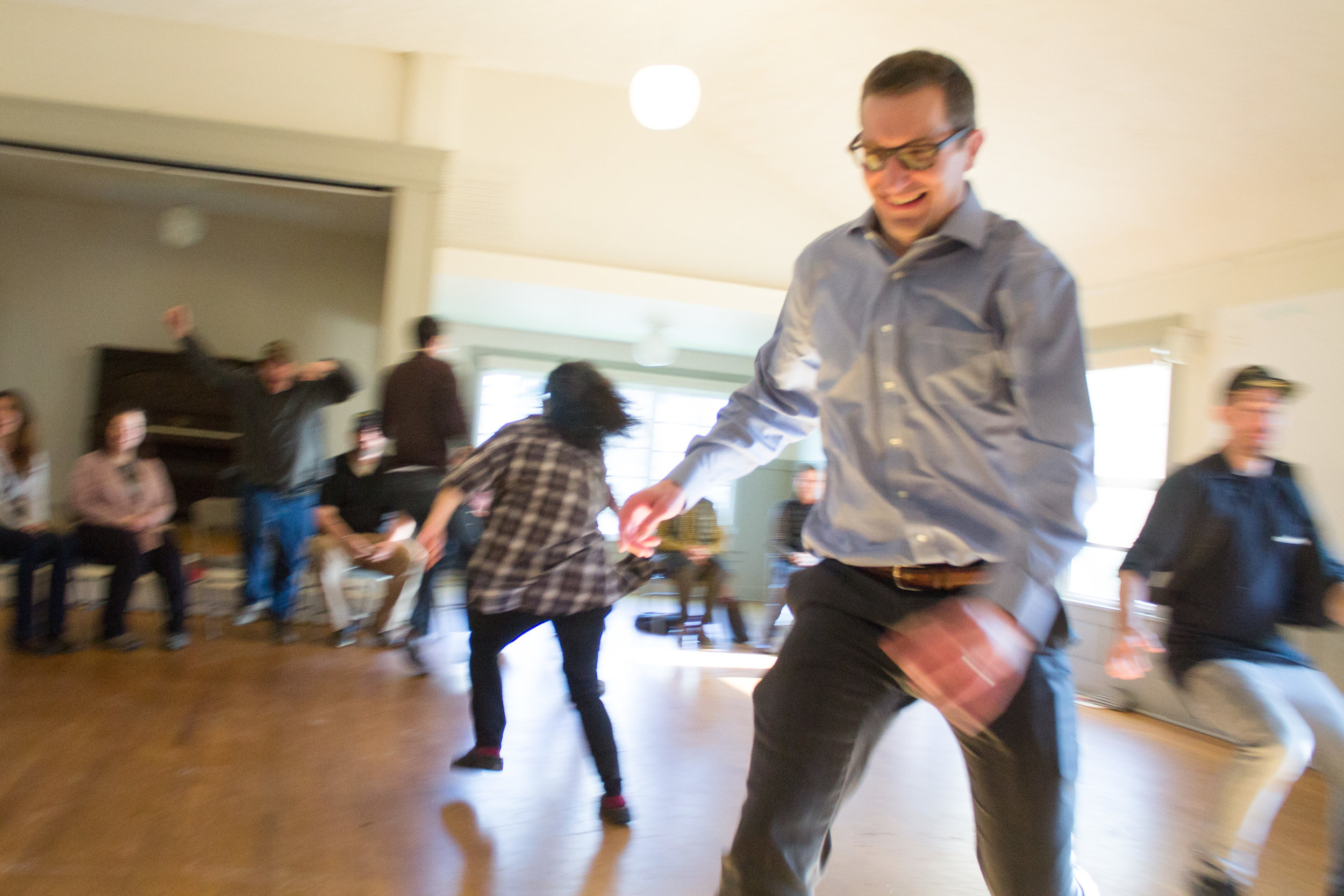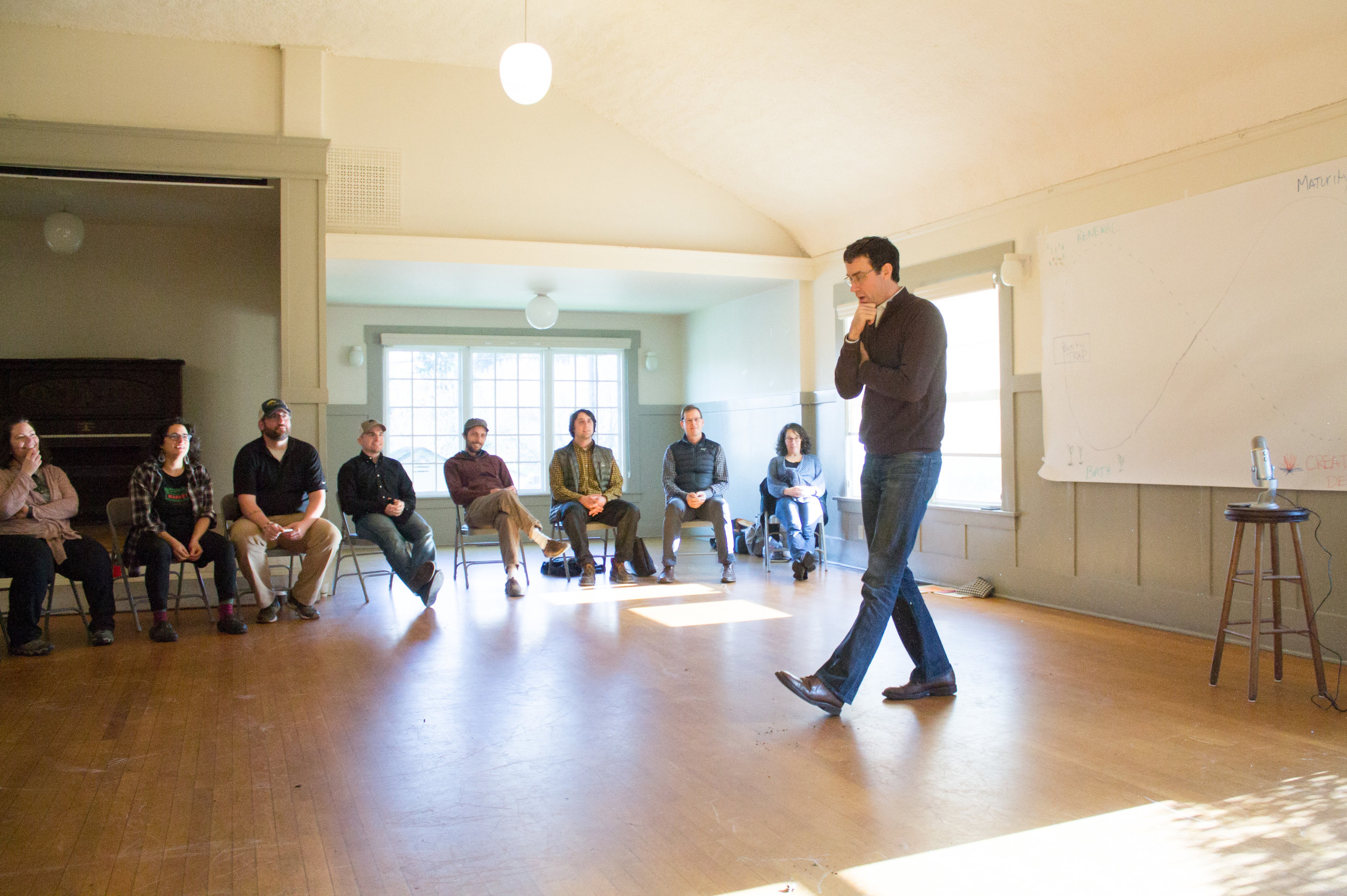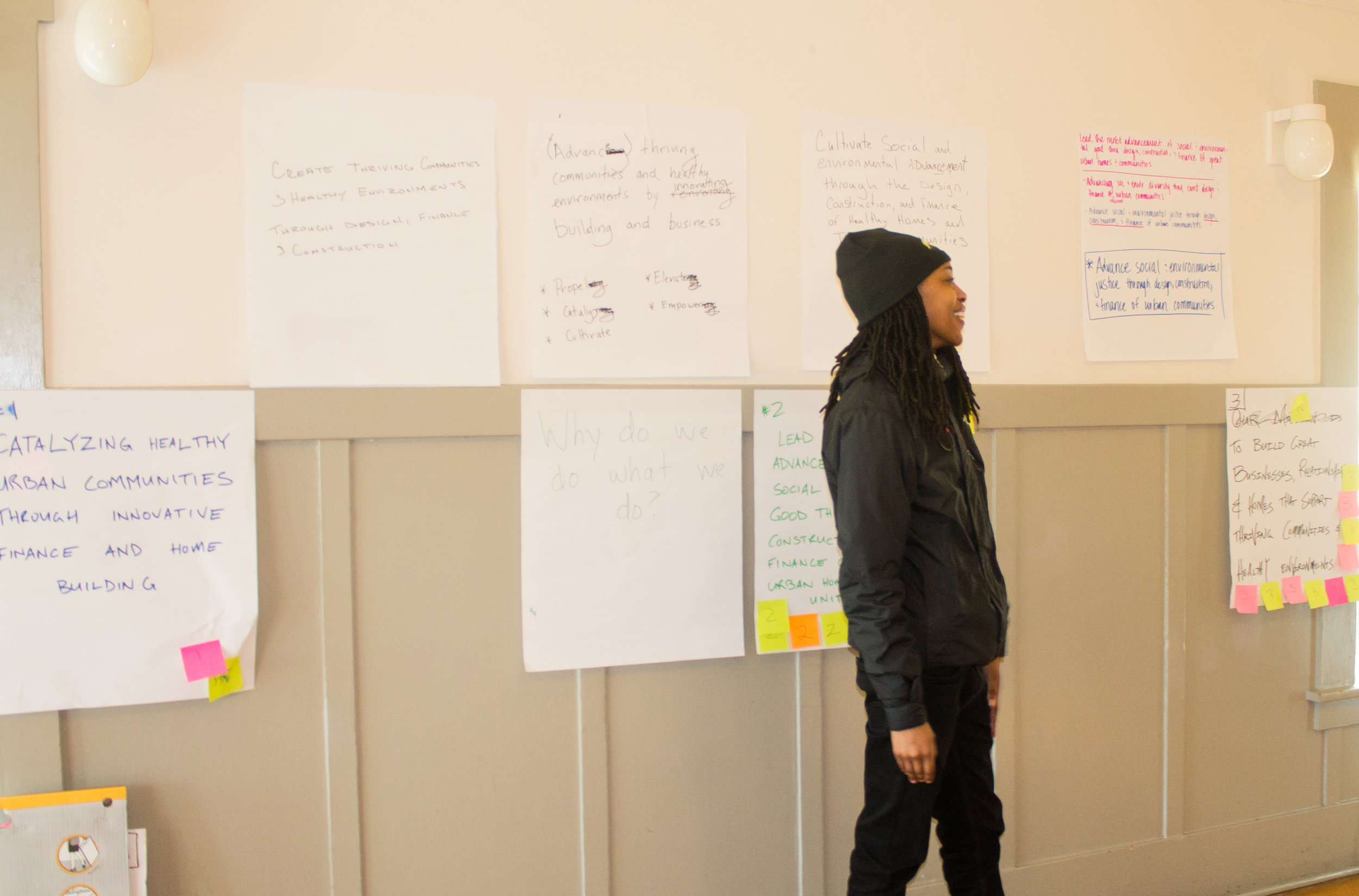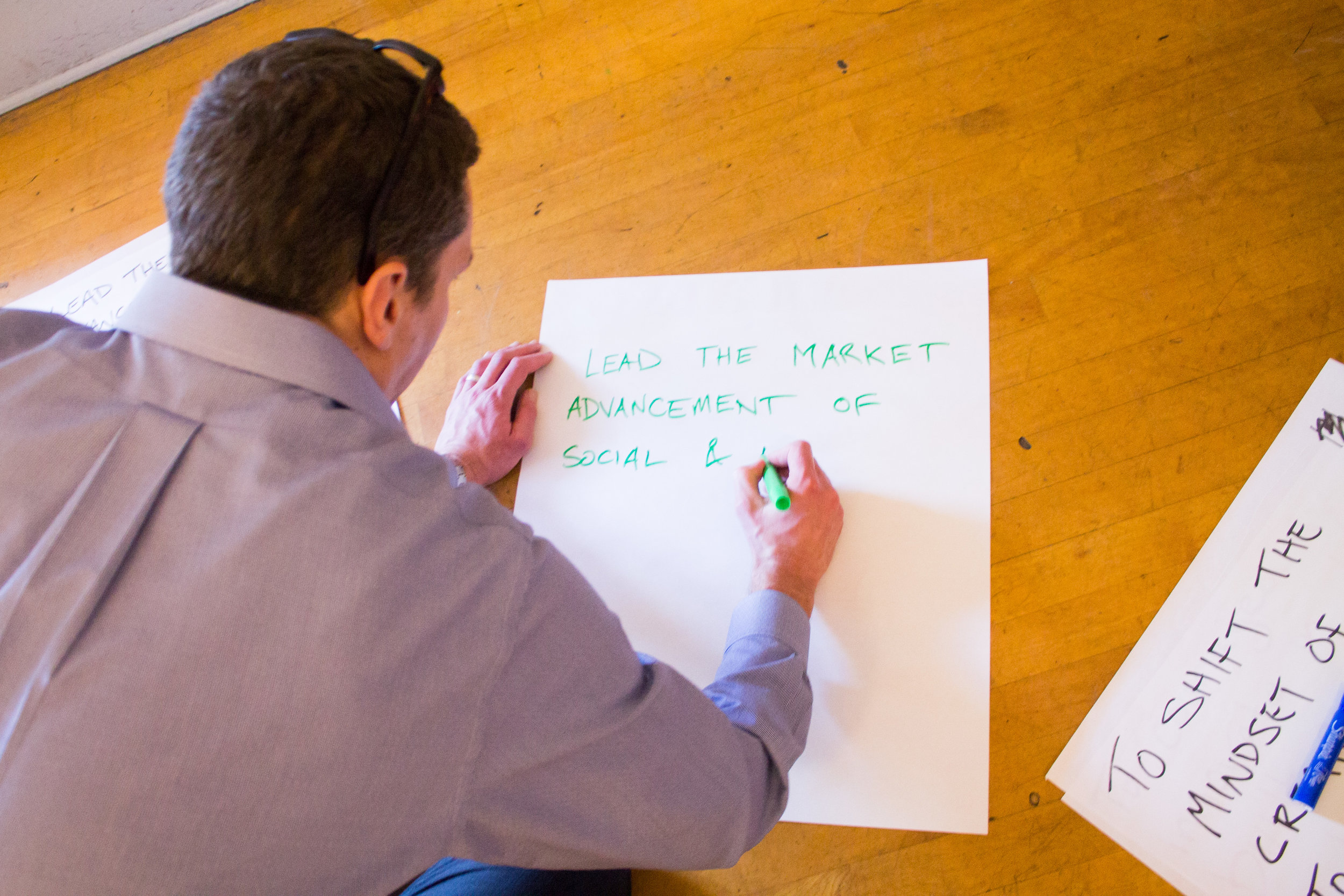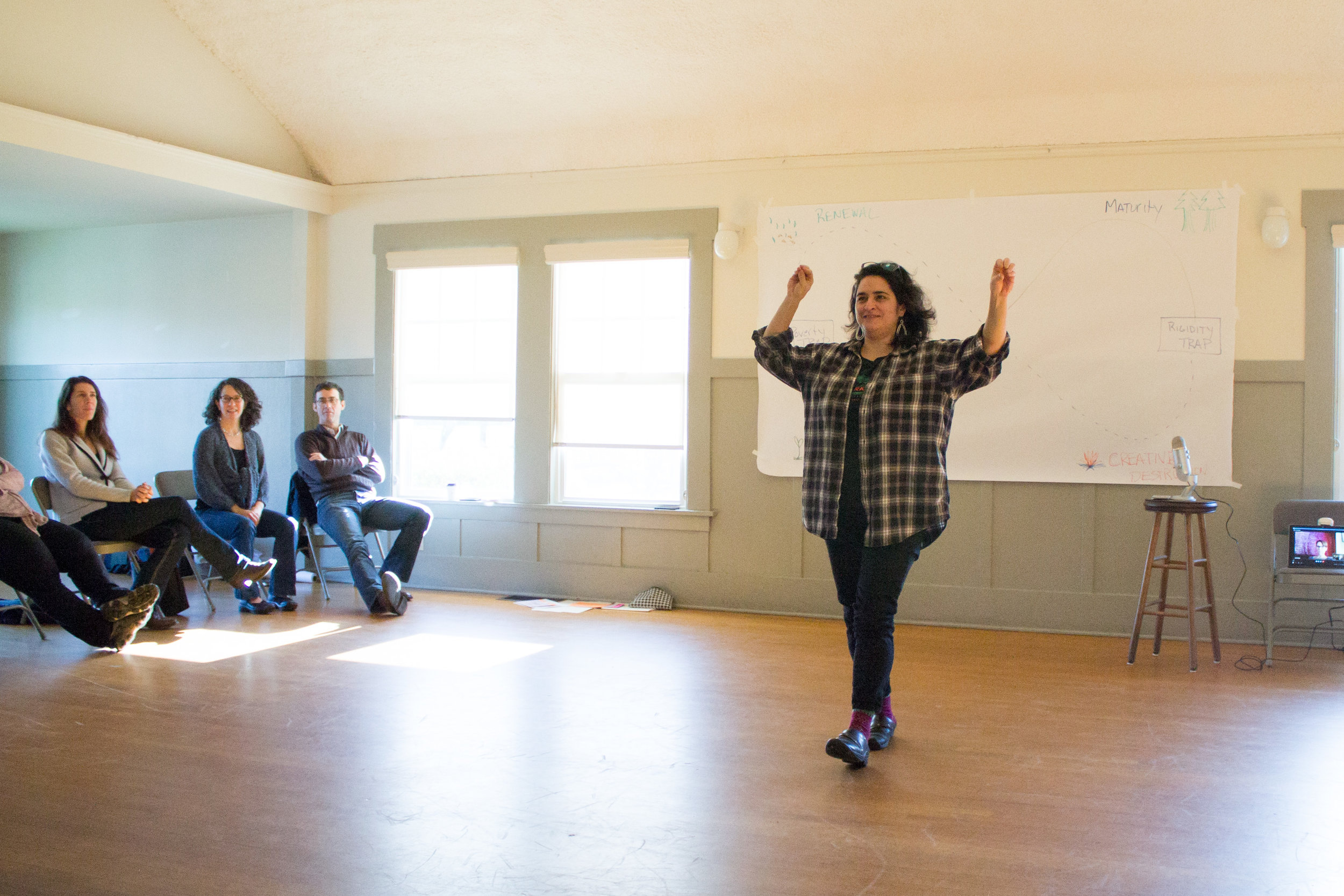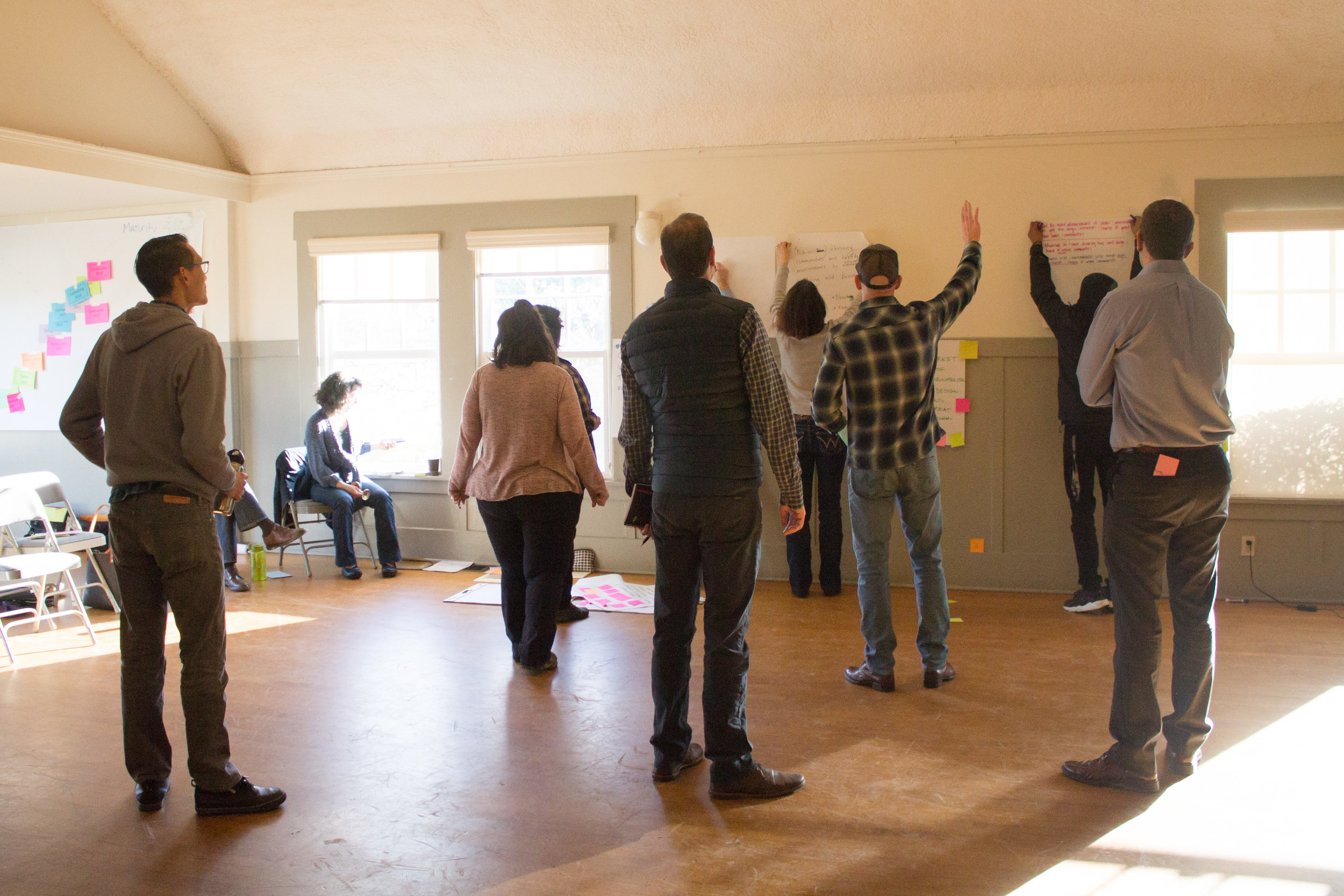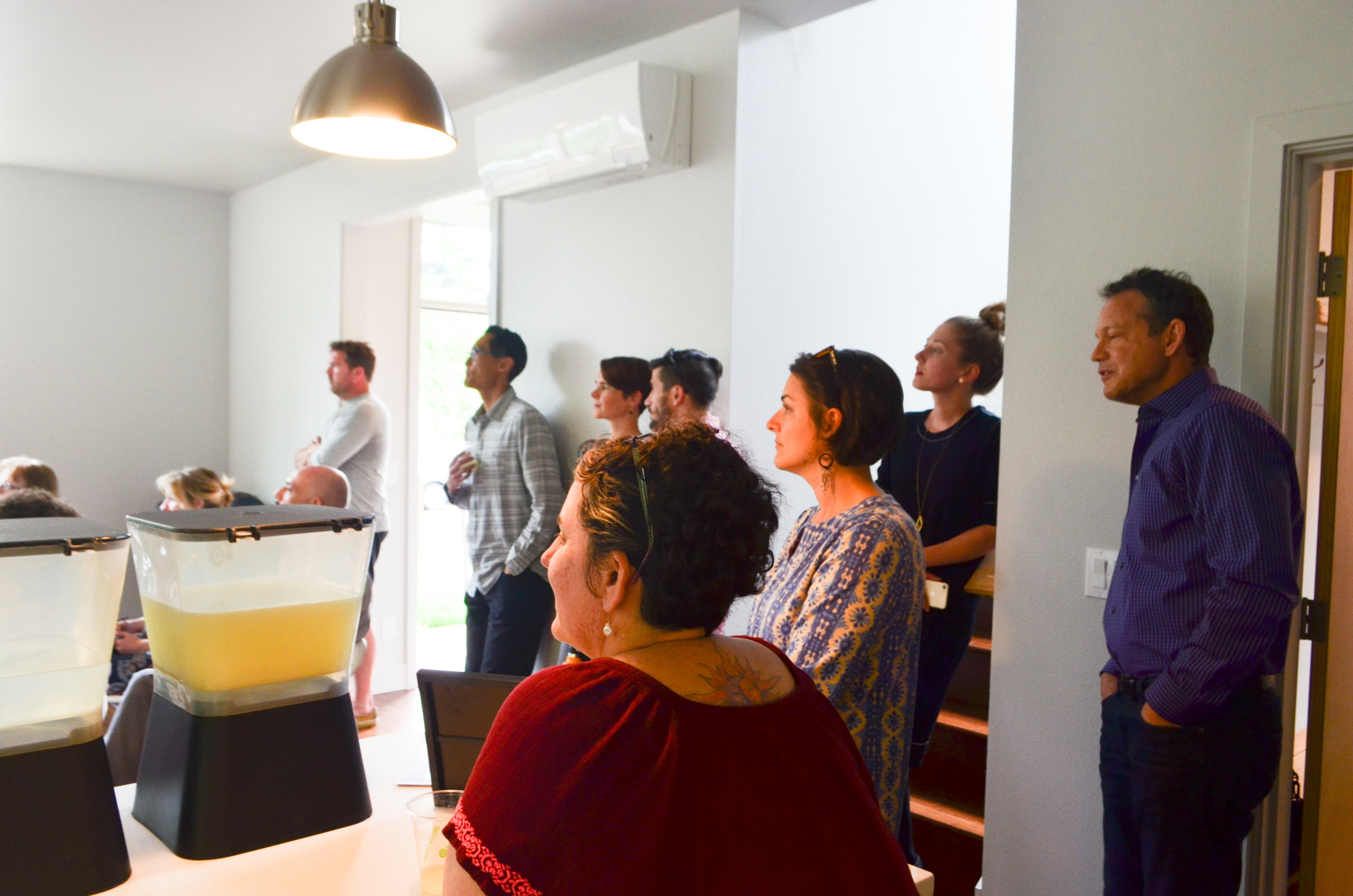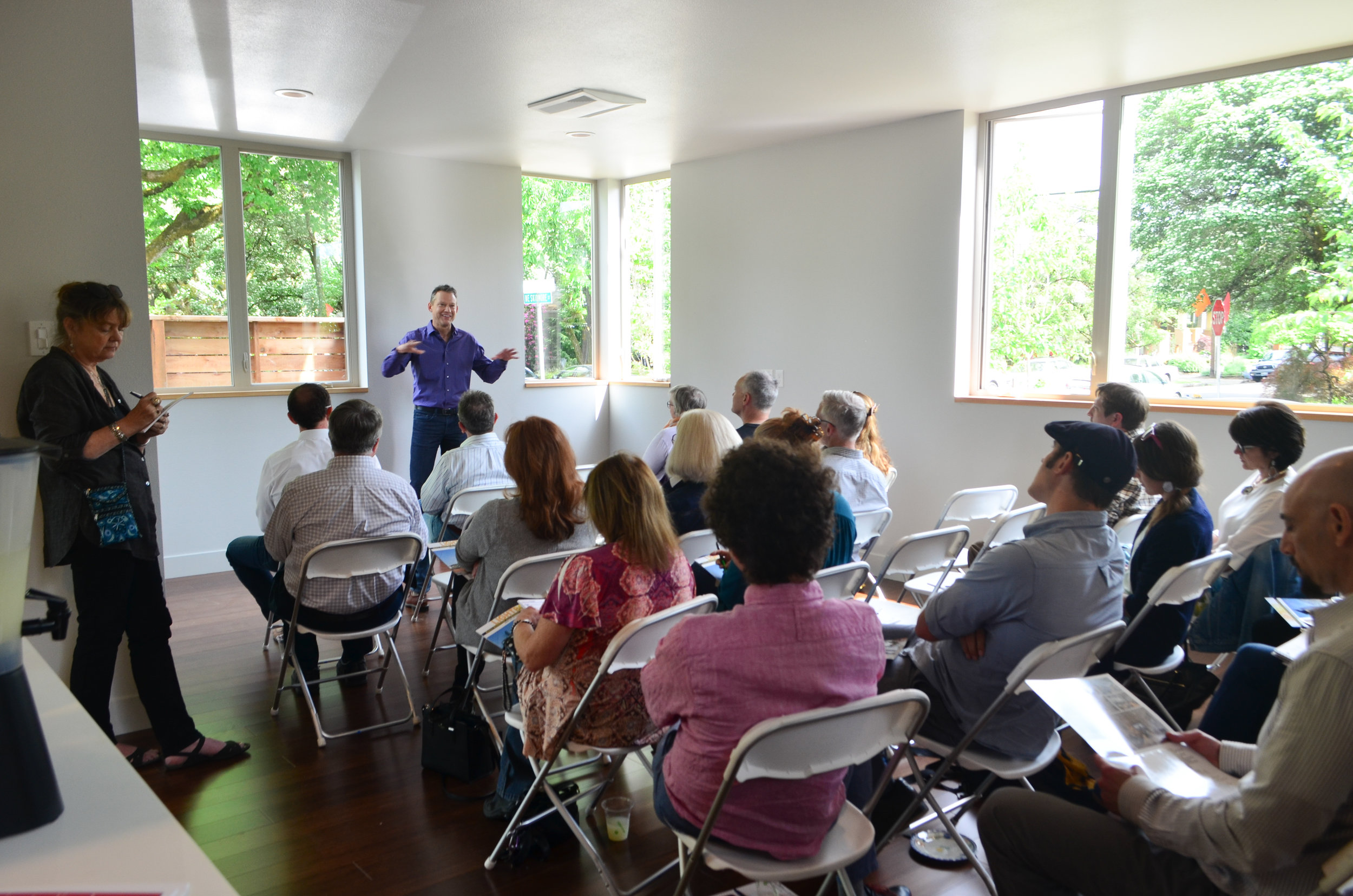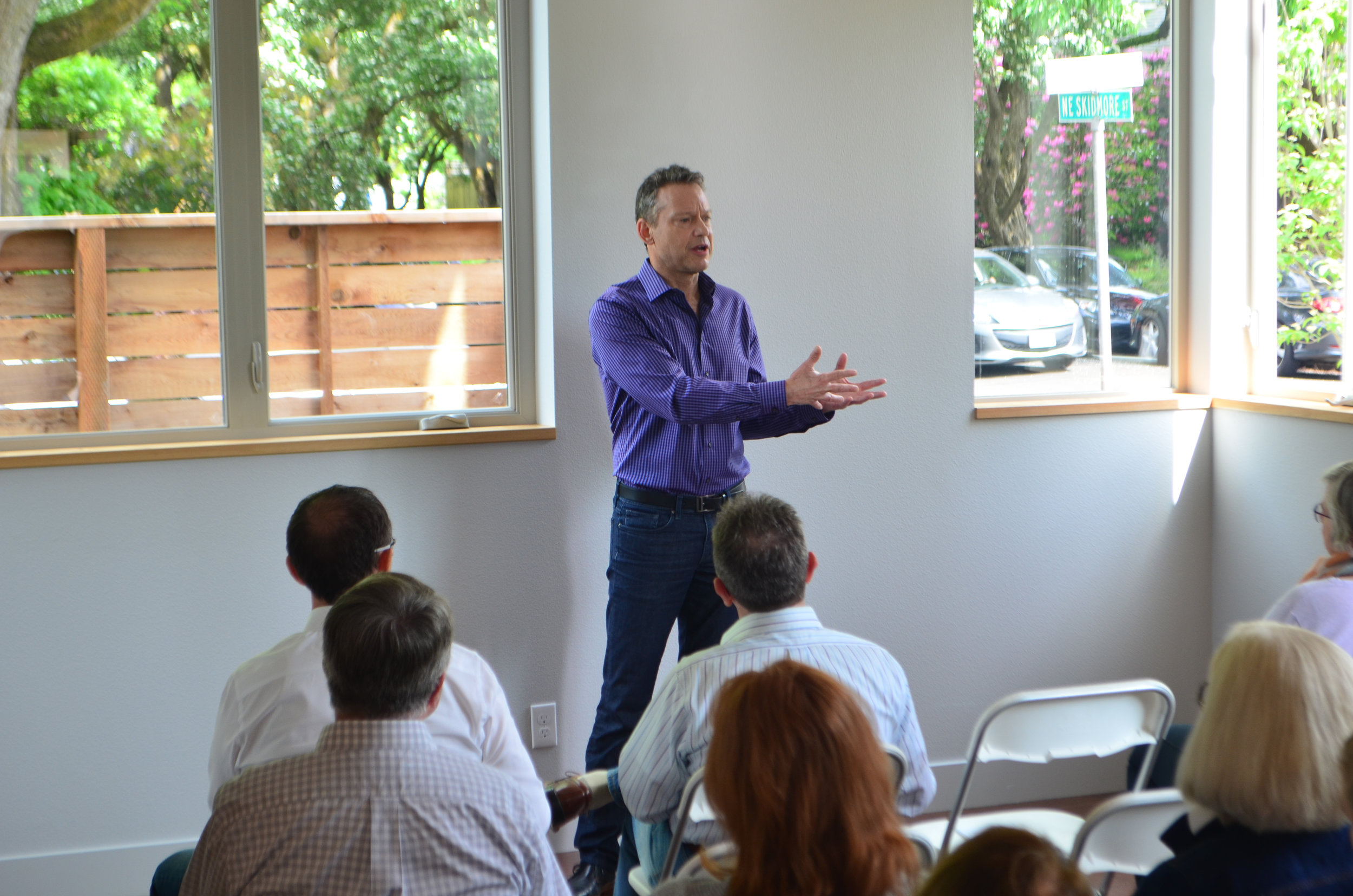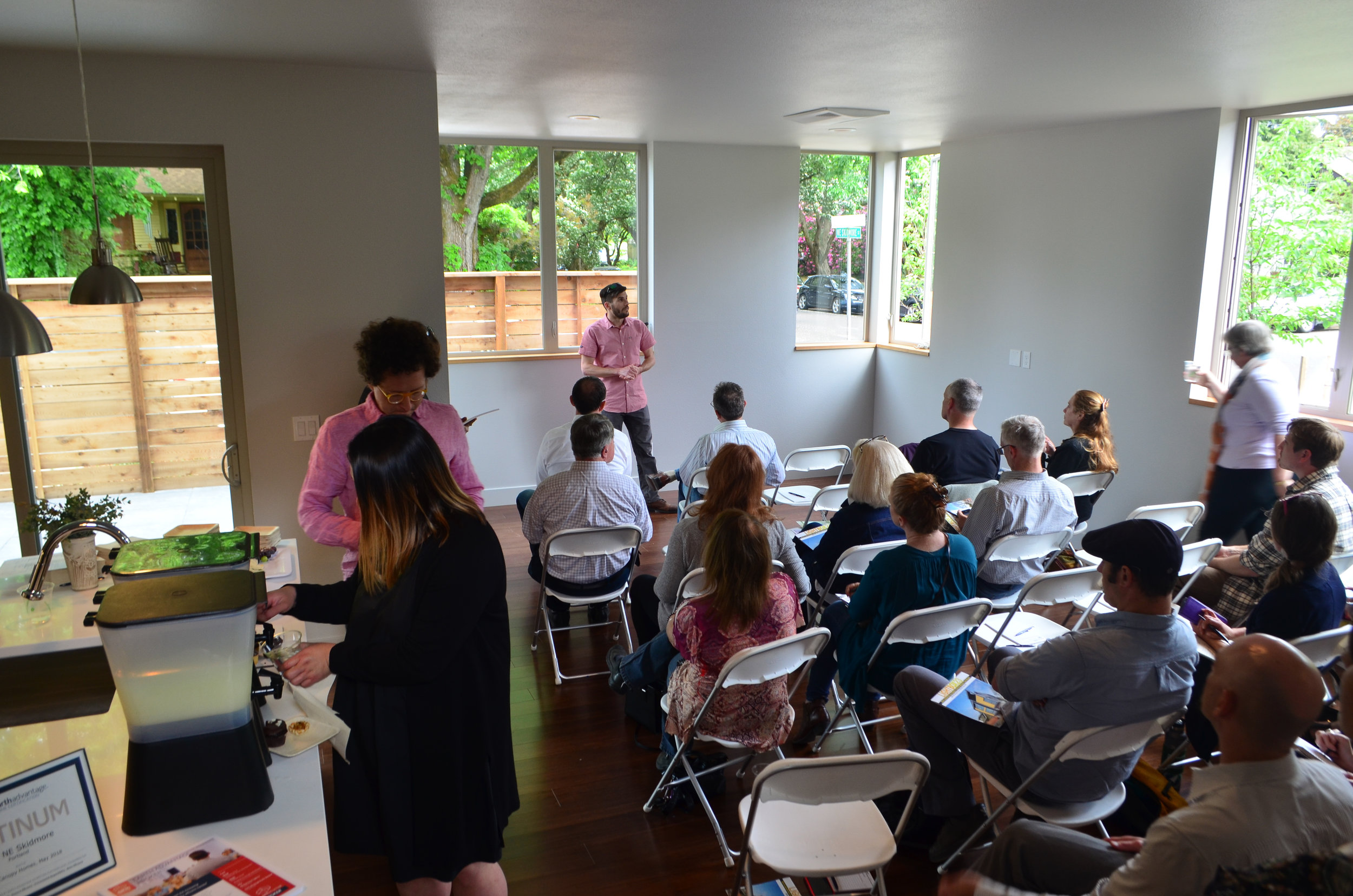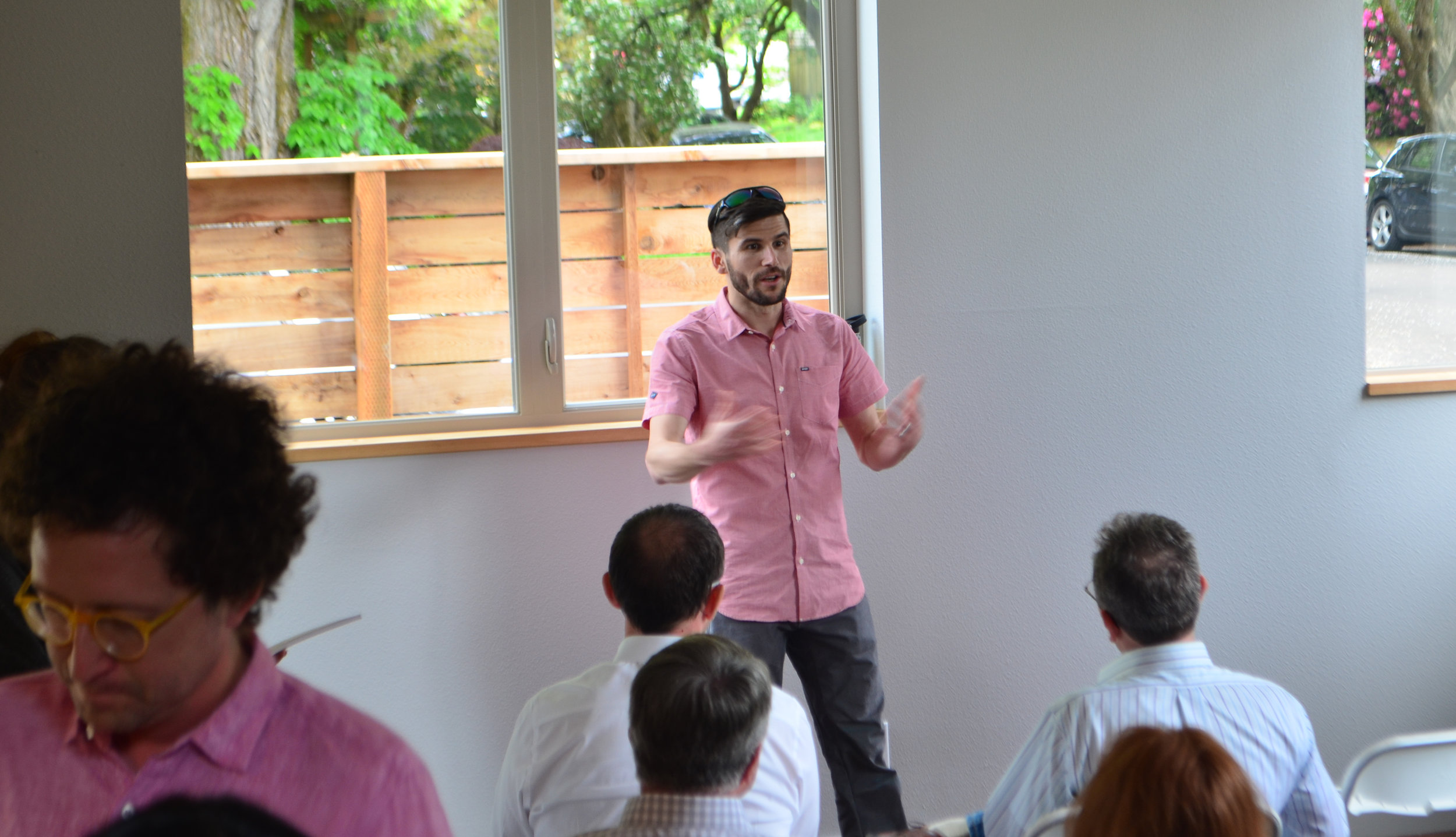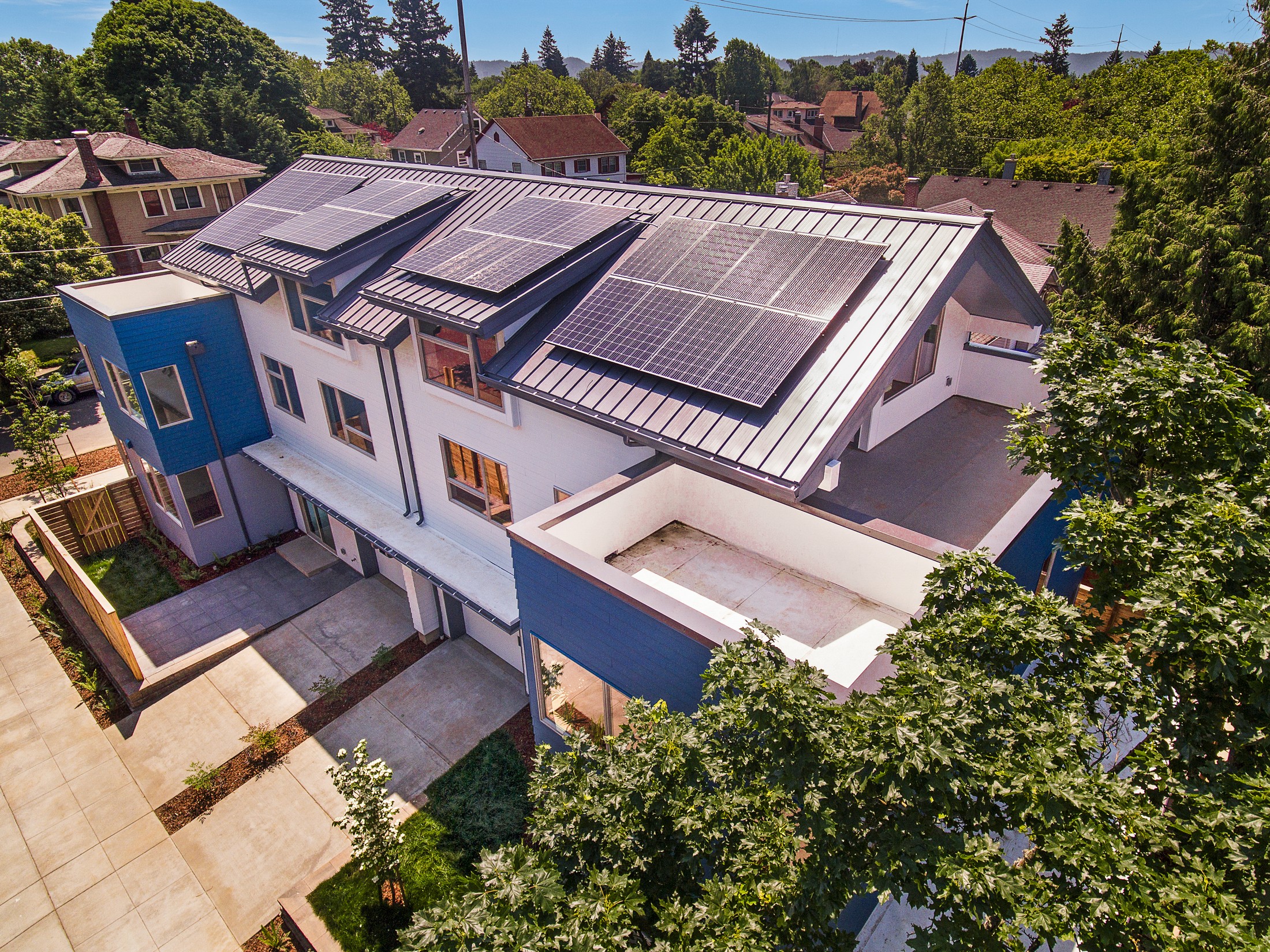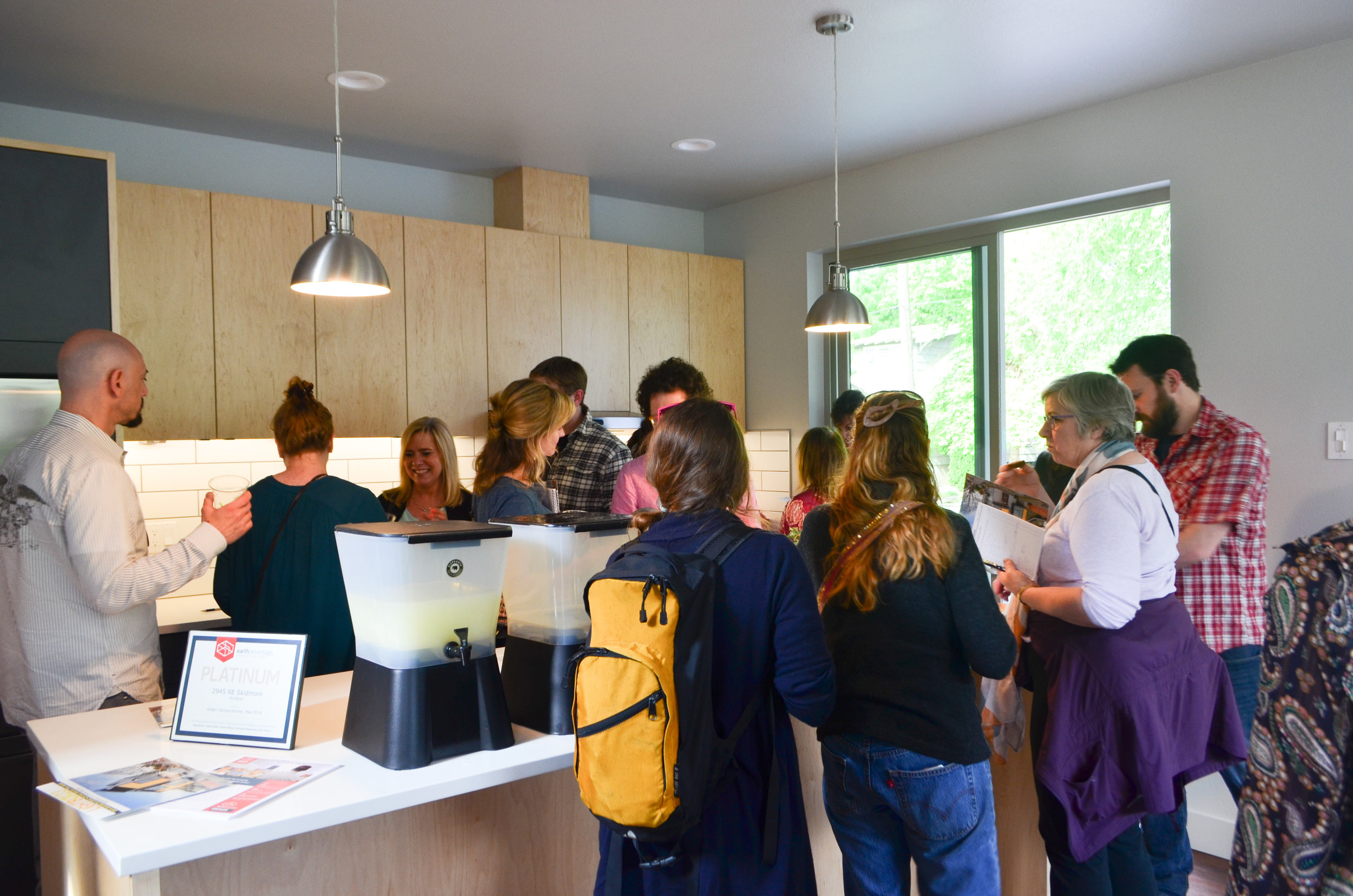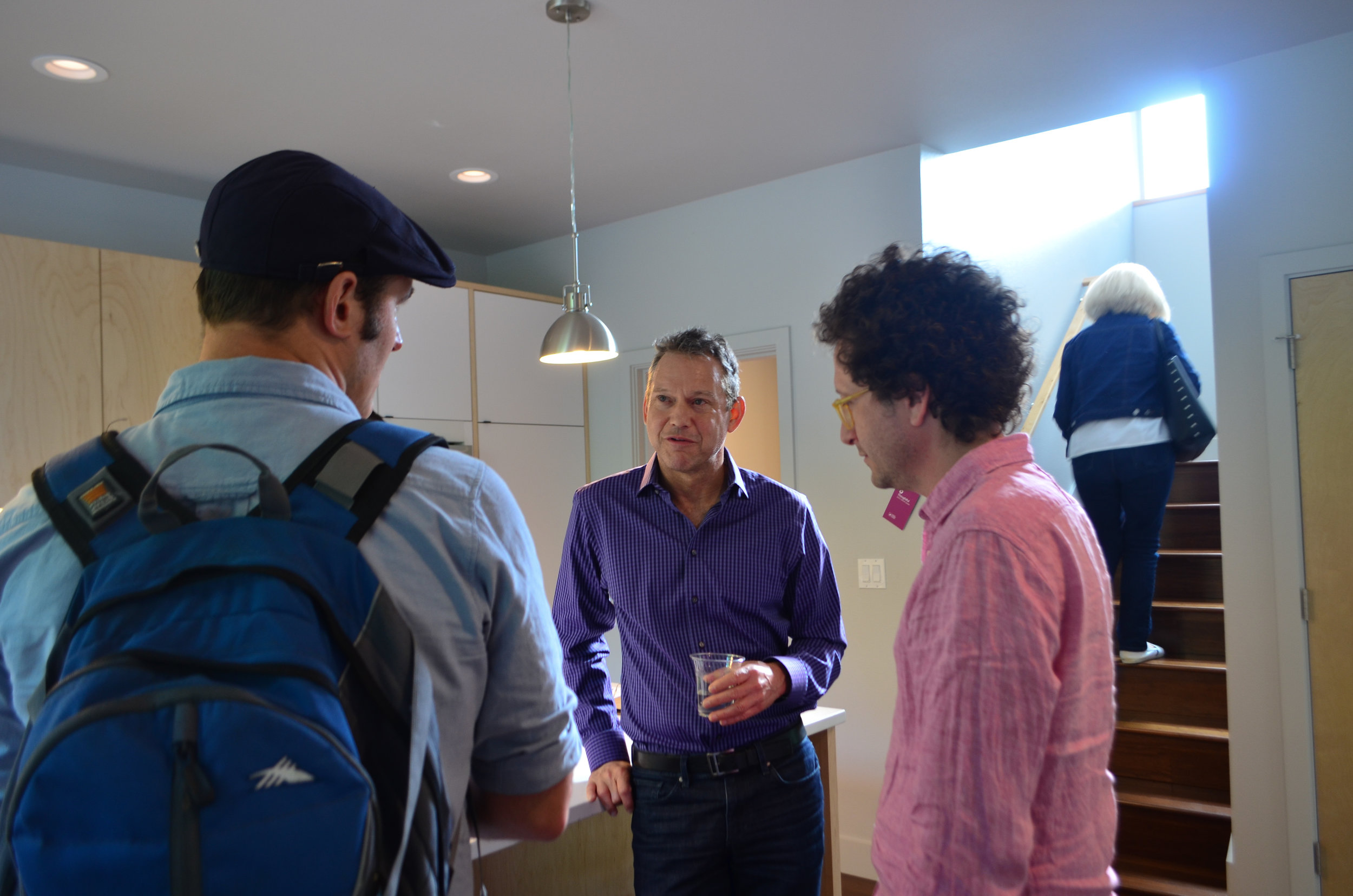Disrupting the Construction Industry –Why it Should Matter to You & How to Do it
If you have been engaged in construction, you’ve likely come across the 2017 McKinsey Global Institute report Reinventing construction: A route to higher productivity that identifies construction as the last lagging industry with an “intractable productivity problem.” The report states that revolutionizing construction “can boost the sector’s value added by an estimated $1.6 trillion, adding about 2 percent to the global economy.”
Green Canopy was founded out of the idea of disruption and it has been a core part of who we are and strive to become. One area ripe for disruptive innovation are the norms around cost overruns. Cost overruns of at least 10% have become standard in the industry. Since 2014, Green Canopy has managed to disrupt the industry with an average construction variance of less than 3.5% -- this is nothing short of remarkable in the construction industry. Green Canopy’s platform for cost control - the project development platform - has been vital for this success.
The project development platform provides a critical lever for higher productivity in the industry. Green Canopy is furthering this imperative by using this platform to help others develop real estate projects more efficiently. The platform focuses on three key principals:
Create enabling processes that can be easily improved
Define control points within the development pathway
Vertically integrate when possible to bypass external bottlenecks
ENABLING PROCESSES:
Our process improvement systems are focused around the idea that inefficiency is best rooted out by those who are closest to the ground. Within our Quality Control, Inspection Checklists, Construction Packages, and streamlined Feasibility process, we seek to provide our team with the tools to leverage their expertise through defined processes that engage experts early while providing the right information at the right time.
For example, our Construction Package consists of everything that our construction managers will need to deliver a project on time and on budget. They are the final reviewer of this package and ensure that they have every piece of information needed in order to get started.
Every construction package contains:
Full set of construction plans - detailed to the last finish screw
Comprehensive construction schedules
Each subcontract’s scope of work & purchase orders
Once the construction package is complete, the construction manager is enabled and empowered to provide the final review. Using a checklist approach, they check every aspect of the Construction Package, ensuring they have every piece of information needed in order to “push play, and go”. Not only does this level of detail help control costs, but the process ensures the project can move smoothly and continuously.
CONTROL POINTS:
In addition to processes that enable our team members, we’ve also created defined waypoints throughout the project development pathway to provide oversight and clear points of control. These points allow our team to gather and confirm that a project has everything it needs in order to proceed into its next phase of development, from design to estimating to construction, and make critical decisions regarding the project such as budget limits, design aesthetic, and efficiency goals. Again, governed by a checklist approach, these waypoints create opportunities for oversight from our underwriting committee, led by our Board Chair Peter Orser, as well as any other internal stakeholders and clients who are involved in the project.
VERTICAL INTEGRATION:
Despite having the winds of economic recovery at our backs for some time, the construction industry is still feeling the pinch of a labor shortage. This constriction is not only felt by those who build our homes but also but by those who design and entitle our projects. In order to better navigate the constraints of constantly outsourcing our labor, we’ve made strategic decisions to vertically integrate the design and entitlement process, estimating and purchasing, as well as framing. Having a full team of architects, estimators, and framers in house provides us with a distinct advantage when it comes controlling our costs alongside our project delivery timelines. By having these experts in house, we are able to leverage their combined expertise to design cost efficient projects and take on opportunities like off-site panelized framing that allow us to deliver a better product in less time.










